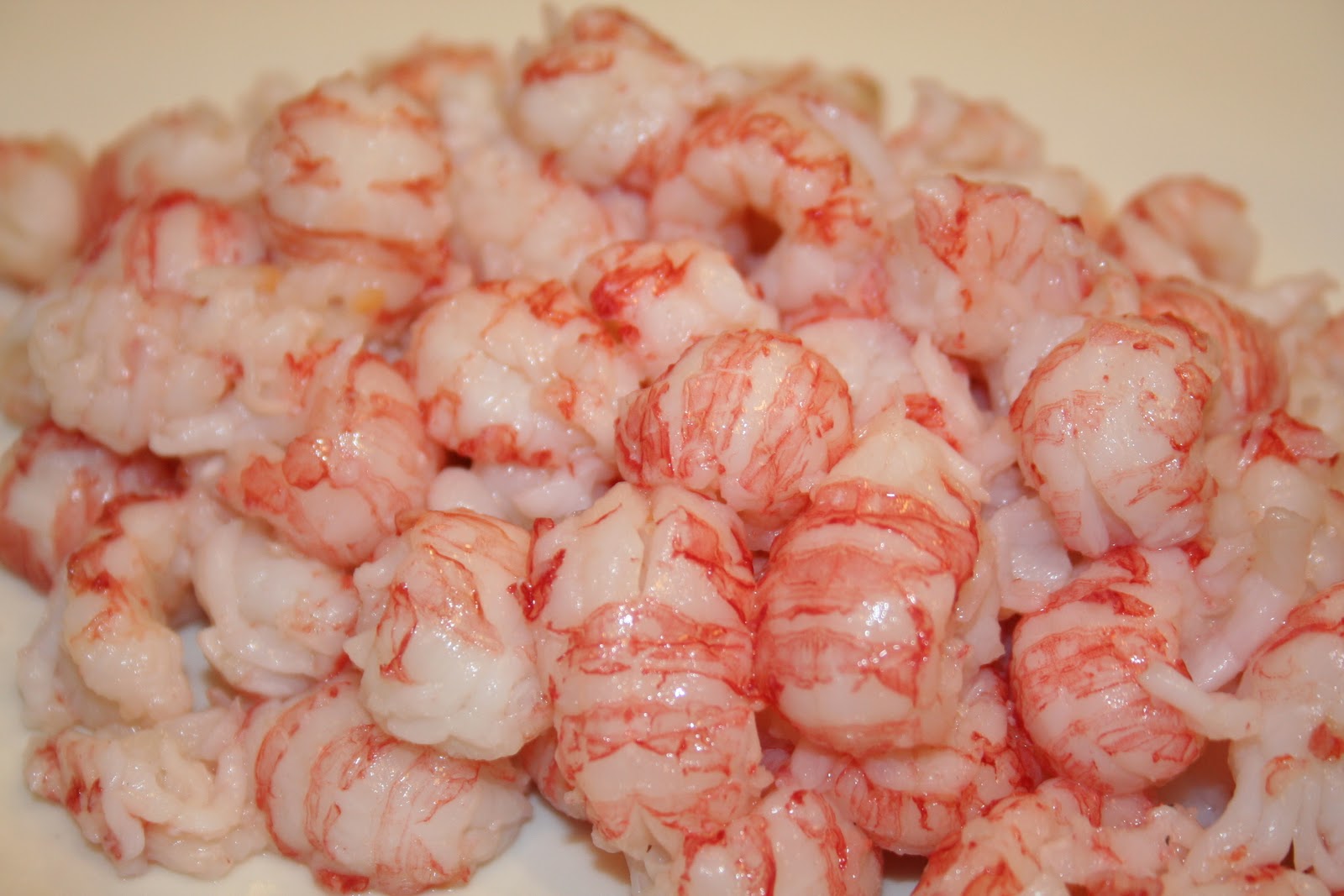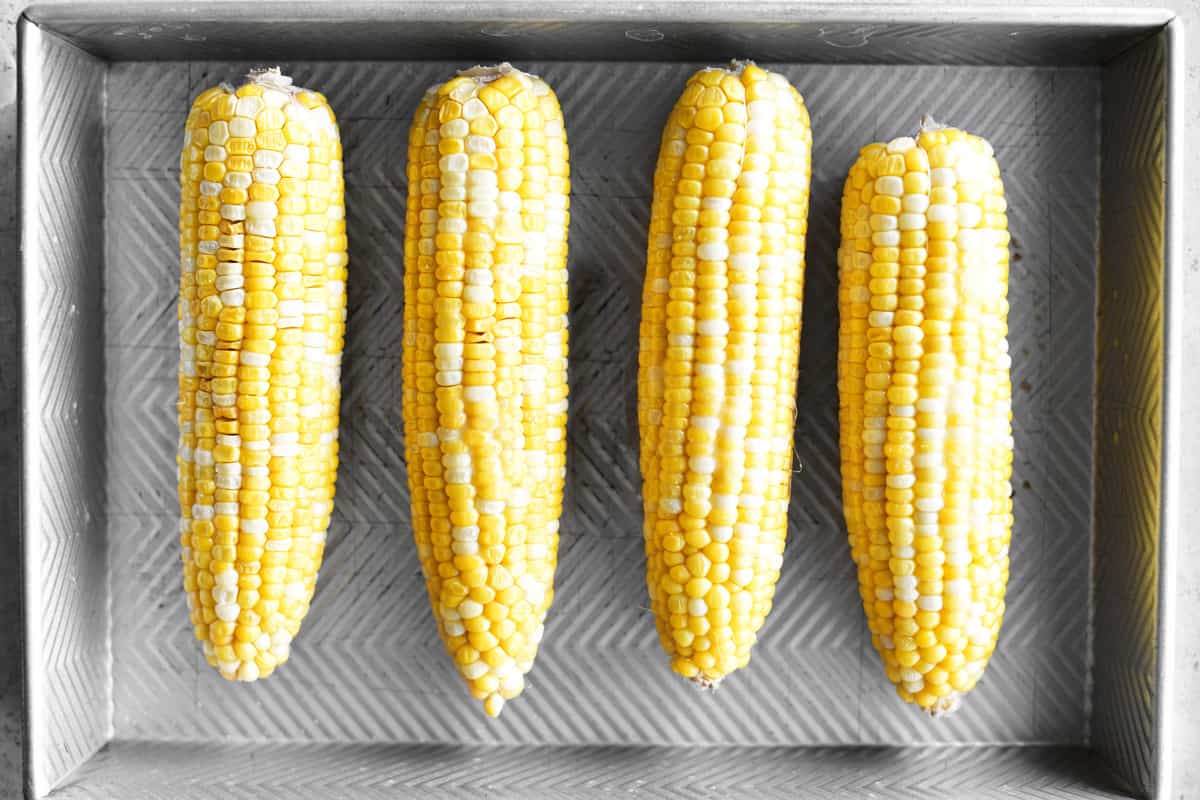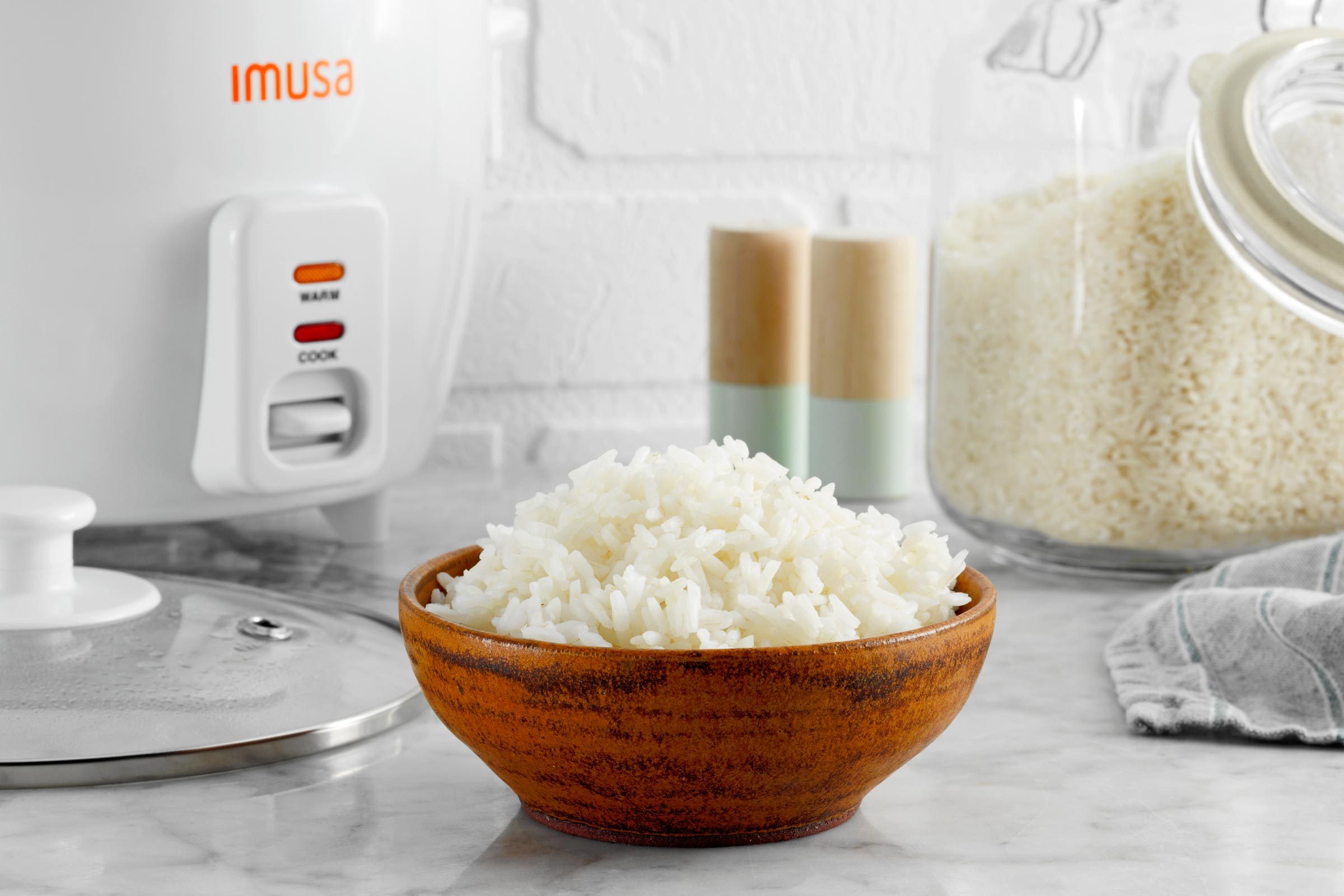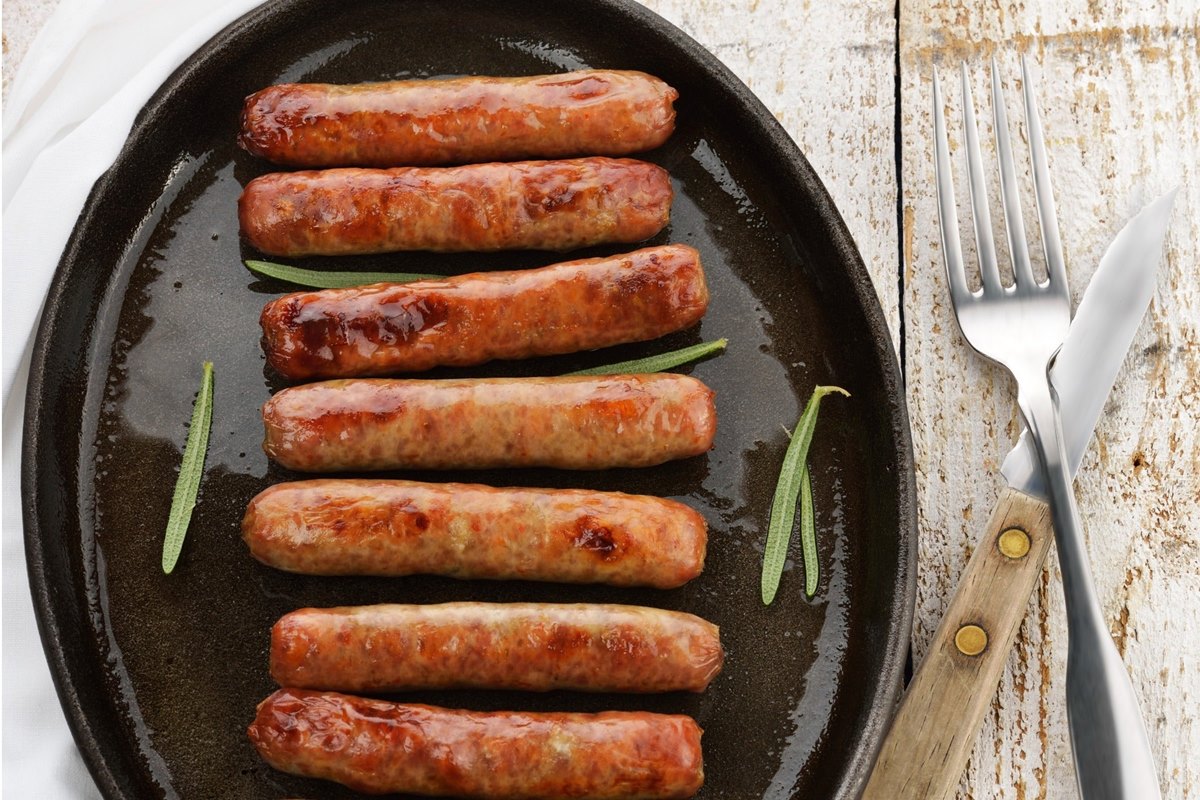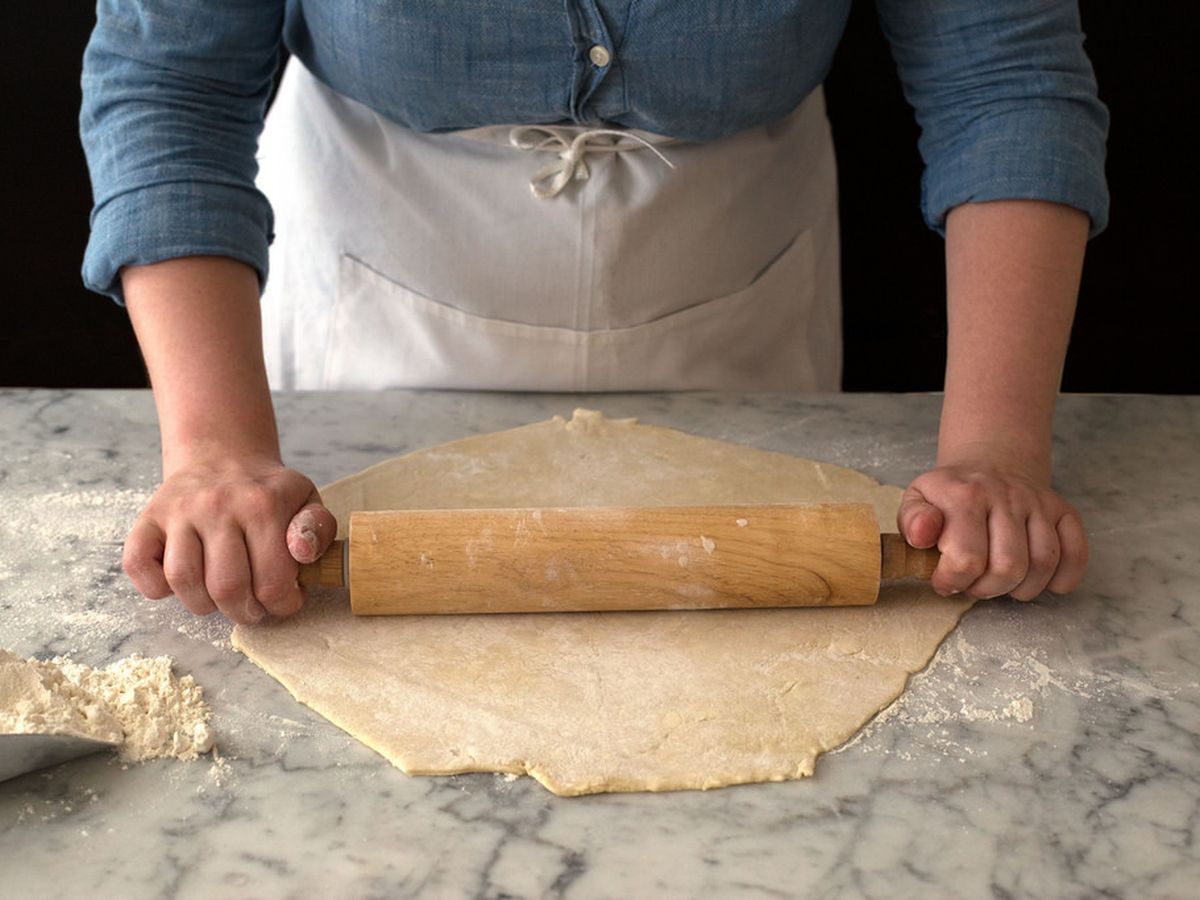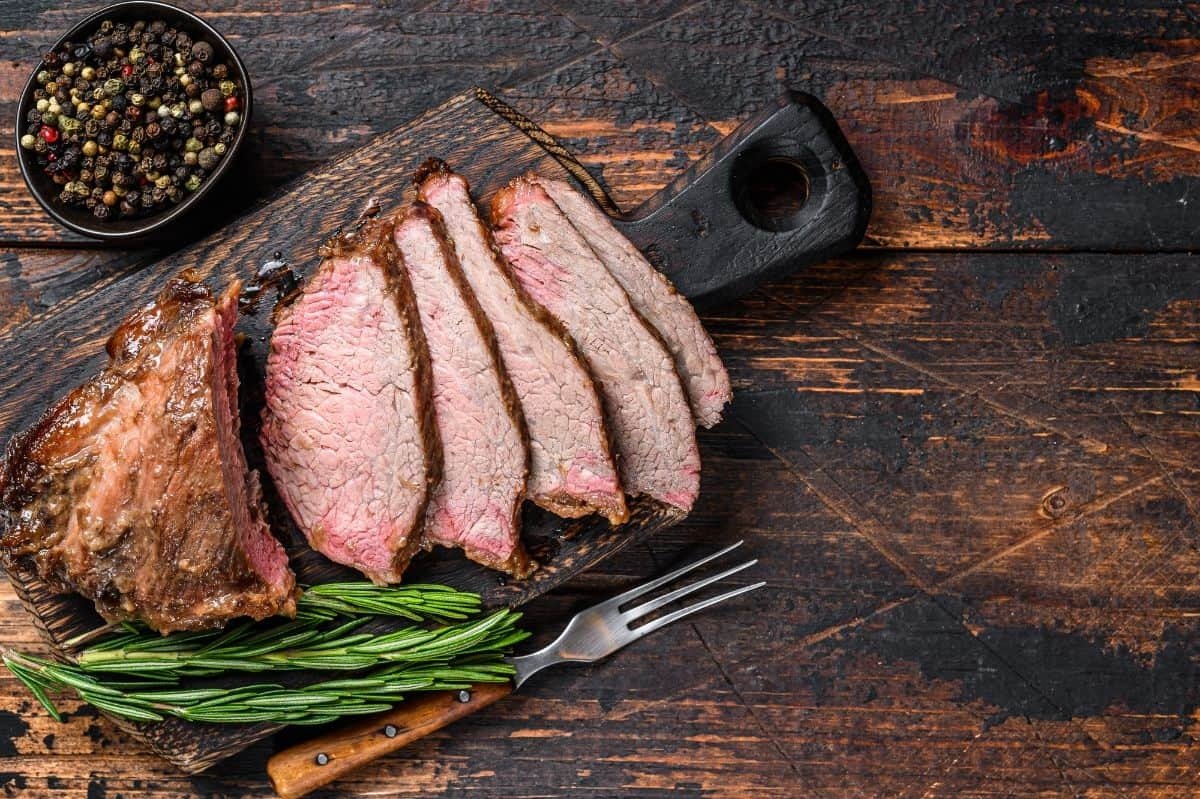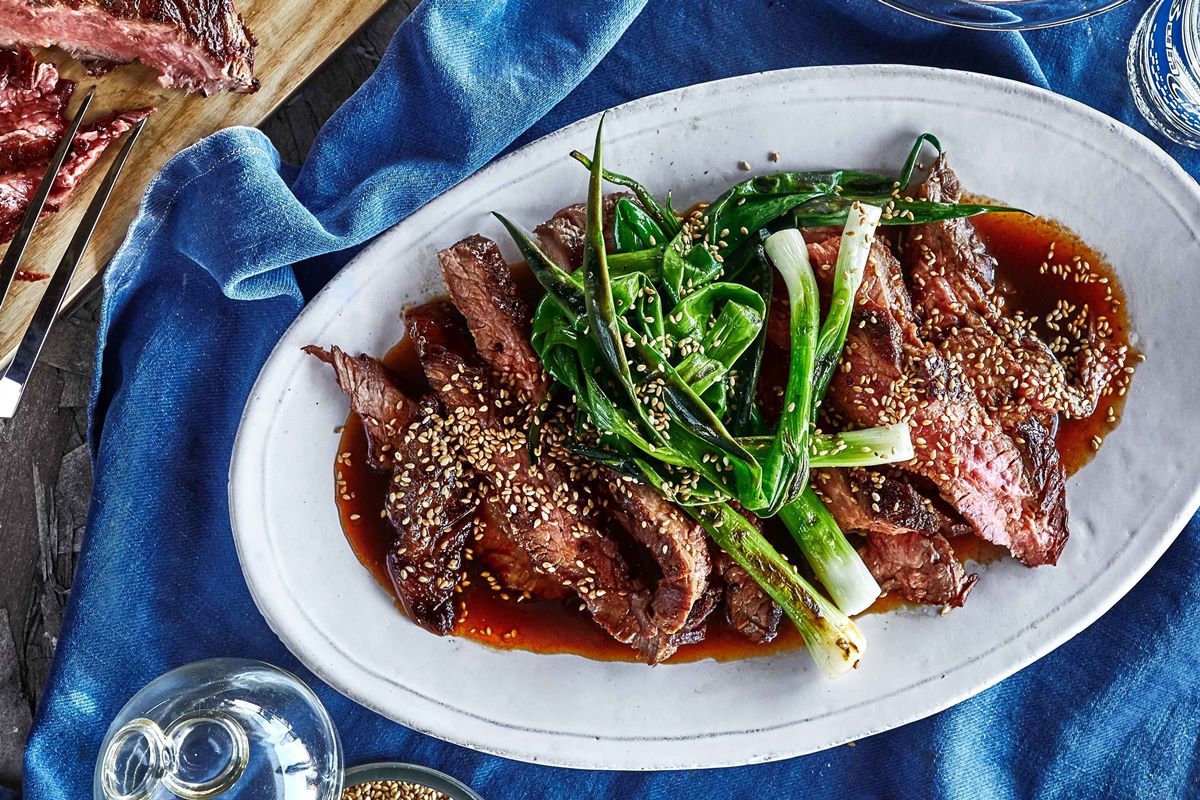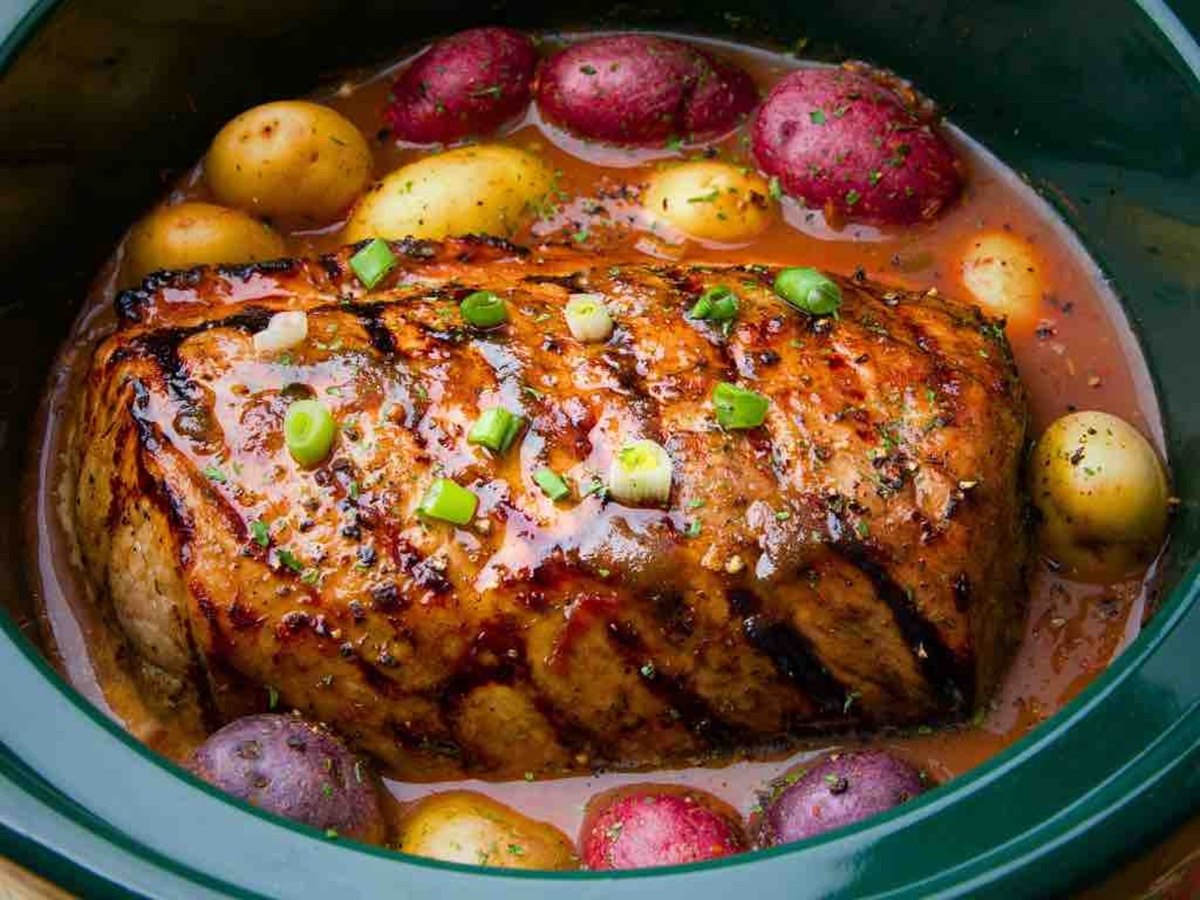How To Cook Frozen Chicken Sausage
Are you looking for a quick and easy meal that is both delicious and convenient? Look no further than frozen chicken sausage! Whether you’re in a rush or simply want a hassle-free dinner option, cooking with frozen chicken sausage is a smart choice. In this article, we will guide you through the process of cooking frozen chicken sausage to perfection.
Step 1: Proper Thawing
Before you start cooking, it’s important to thaw the frozen chicken sausage properly. Here are a few methods you can use:
- Refrigerator: Place the frozen chicken sausage in a sealed container or plastic bag and let it thaw in the refrigerator overnight. This method is ideal for those who have planned their meal in advance.
- Cold Water Bath: If you need to thaw the chicken sausage quickly, you can submerge it in a sealed plastic bag in cold water. Make sure to change the water every 30 minutes to maintain a safe temperature.
- Microwave: If you’re short on time, you can use the defrost setting on your microwave. However, be cautious as this method may partially cook the sausage, leading to an uneven texture.
Step 2: Cooking Methods
Once the frozen chicken sausage is thawed, it’s time to choose your preferred cooking method. Here are three popular options:
- Grilling: Preheat your grill to medium-high heat. Lightly oil the grates to prevent sticking. Place the chicken sausage on the grill and cook for about 10-12 minutes, turning occasionally, until it reaches an internal temperature of 165°F (74°C).
- Sautéing: Heat a skillet over medium heat and add a small amount of oil or cooking spray. Place the chicken sausage in the skillet and cook for about 8-10 minutes, turning occasionally, until browned and cooked through.
- Oven Baking: Preheat your oven to 375°F (190°C). Place the chicken sausage on a baking sheet and cook for approximately 20-25 minutes, or until it reaches an internal temperature of 165°F (74°C).
Step 3: Flavorful Additions
Now that your frozen chicken sausage is cooked, it’s time to elevate the flavor profile with some delicious additions. Here are a few ideas:
- Sautéed Vegetables: Add some color and nutrition to your meal by sautéing your favorite vegetables like bell peppers, onions, and zucchini. Simply toss them in the same skillet or grill pan after removing the sausage.
- Herbs and Spices: Sprinkle dried herbs like thyme, oregano, or rosemary, along with a pinch of salt and pepper, to enhance the taste of your chicken sausage.
- Sauce it Up: Serve your cooked chicken sausage with a side of marinara sauce, mustard, or a homemade garlic aioli for an extra kick of flavor.
There you have it – a simple guide on how to cook frozen chicken sausage. With the right thawing technique, cooking method, and tasty add-ons, you can create a delicious, hassle-free meal in no time. So go ahead, grab a pack of frozen chicken sausage, and get ready to indulge your taste buds!
Recipes and Creative Uses for Cooked Chicken Sausage
Now that you've mastered cooking frozen chicken sausage, why not put your skills to the test with some creative and delicious recipes? From hearty dinners to light meals, there's something for everyone. Try the Flavorful Grilled Chicken Sausage Peppers Onions Recipe for a classic, flavorful meal that's perfect for any barbecue. If you're in the mood for something a bit more adventurous, the Gourmet Chicken Sausage Mushroom Risotto Recipe offers a comforting, gourmet twist to your meal repertoire. Another highly recommended dish is the Zesty Chicken Sausage Tacos Avocado Salsa Recipe, which combines zesty flavors and fresh ingredients for a lively meal. These recipes not only showcase the versatility of chicken sausage but also enhance your cooking prowess with varied cooking techniques and ingredient pairings.
Was this page helpful?
Read Next: How To Cook Frozen Chicken Cordon Bleu
